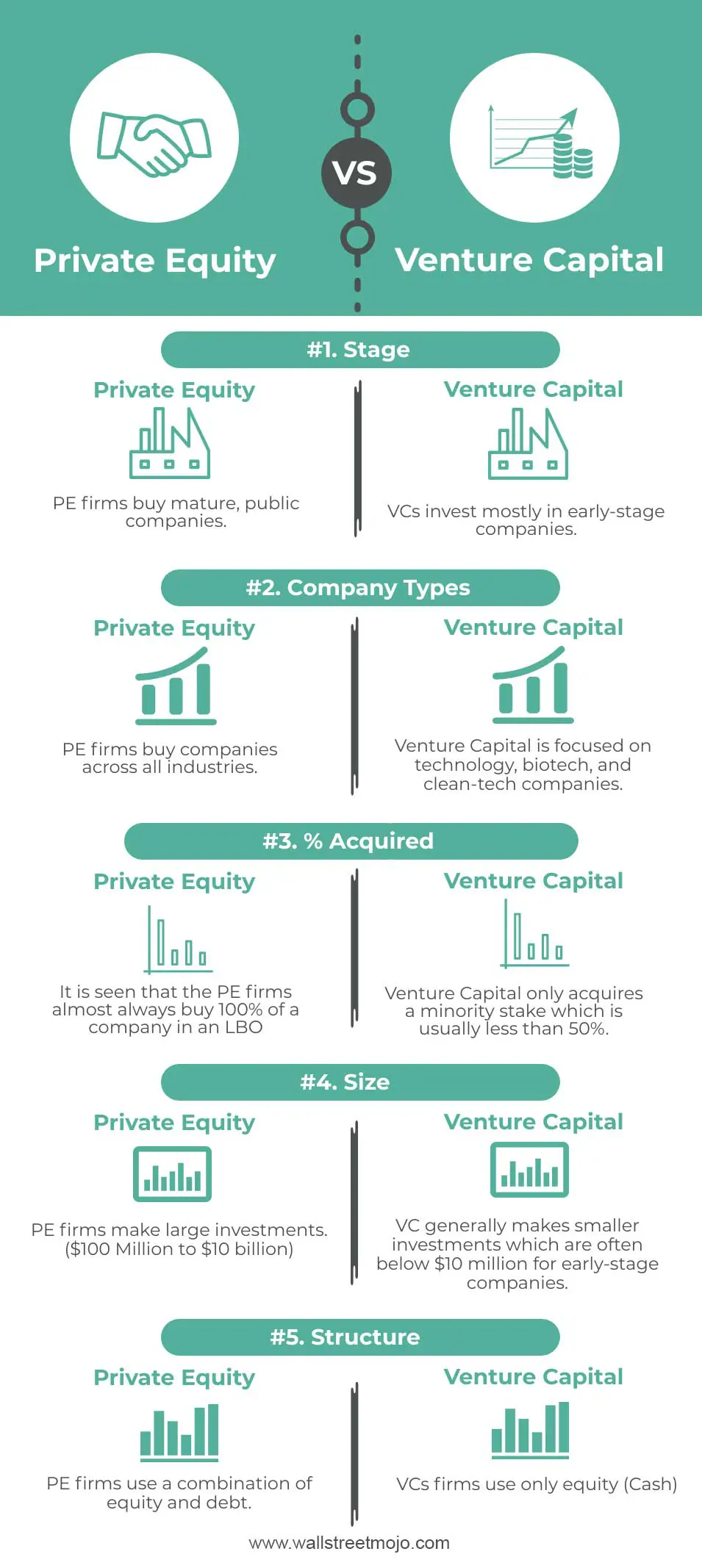31
Entrepreneurship Education & Training / Singapore accelerator selects 11 pre-series A startups for its fourth cohort
« on: July 04, 2021, 10:43:36 AM »
Singapore-based accelerator Accelerating Asia announced it has selected 11 companies as part of the fourth cohort of its flagship 100-day program for pre-series A startups.
The selected startups are headquartered in Singapore, Indonesia, Pakistan, and Bangladesh, and they offer solutions for industry verticals including property, online dating and, marketing and advertising.
Companies from the fourth cohort have raised over S$6 million (US$4.5 million) after coming into the program. Startups incubated at Accelerating Asia’s past cohorts have collectively raised S$30 million (US$22.4 million) to date.
Here are the startups in the fourth cohort:
Currency converted from Singapore dollar to US dollar: US$1 = 1.34 dollars.
Ref: https://www.techinasia.com/singapore-accelerator-selects-11-preseries-a-startups-fourth-cohort[/list]
The selected startups are headquartered in Singapore, Indonesia, Pakistan, and Bangladesh, and they offer solutions for industry verticals including property, online dating and, marketing and advertising.
Companies from the fourth cohort have raised over S$6 million (US$4.5 million) after coming into the program. Startups incubated at Accelerating Asia’s past cohorts have collectively raised S$30 million (US$22.4 million) to date.
Here are the startups in the fourth cohort:
- Amar Lab partners with local and international diagnostic labs to provide end-to-end diagnostics test services including sample collection, testing, and delivery. It also offers Covid-19 tests for individuals and corporate clients.
- Casa Mia is a co-living operator that offers private bedrooms in shared homes. The company currently operates in Singapore and is looking to expand its team across markets in the Asia-Pacific region this year.
- DoctorKoi has developed a software that allows physicians to write prescriptions from a database of 27,000 medications. The healthtech company said that it has processed over 2.6 million digital prescriptions and works with over 1,300 doctors.
- Drive Lah is a mobility company that gives users flexible and affordable access to nearby cars for personal or commercial use.
- HandyMama is a Bangladesh-based cleaning and handyman services platform that connects customers with verified service providers through its mobile and web apps as well as a call center. It aims to serve 1 million households by 2025.
- Independents is an AI-powered marketplace that matches individual or team talent to requirements of marketing projects. The company’s clients include brands such as DBS and Mullen Lowe.
- KopiDate is a social platform that curates conversation-centered dating experiences for millennials.
- Mobiliti provides bionic lower-limb prosthetics at affordable prices. The company said it served over 1,000 patients and has also established a partnership with the International Committee of the Red Cross.
- Swap allows users to sell or exchange their old phone, laptop, car, motorcycle, or furniture in 24 hours. The cross-category platform has established buyback partnerships with Samsung, OnePlus, Oppo, Apple, and Suzuki.
- TransTrack.id is a fleet telematics system integrator that provides data collection from fleet, driver, and the asset for transport operations.
- Waitrr offers a QR ordering and payments platform for restaurants, cafes, hotels, and bars, without the need to download an app. The hospitality tech firm’s partners include brands like Paul, Da Paolo Gastronomia, and Changi Airport Group.
Currency converted from Singapore dollar to US dollar: US$1 = 1.34 dollars.
Ref: https://www.techinasia.com/singapore-accelerator-selects-11-preseries-a-startups-fourth-cohort[/list]


